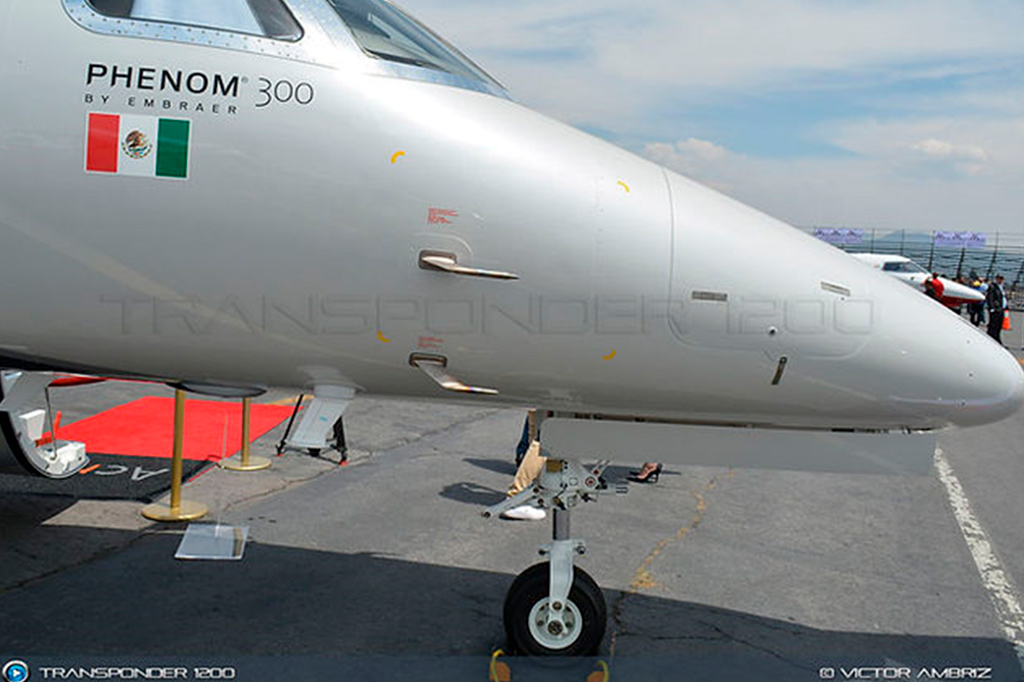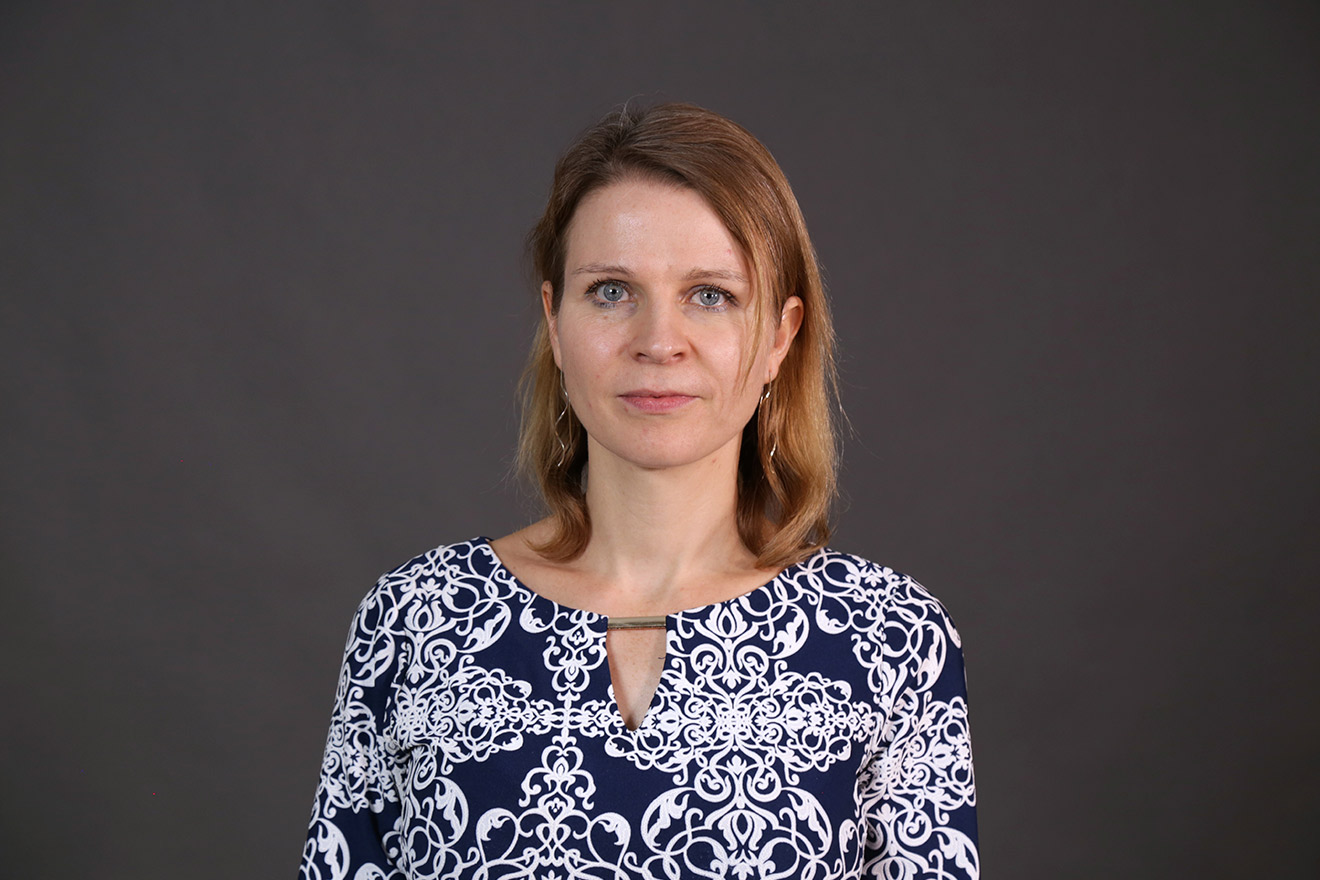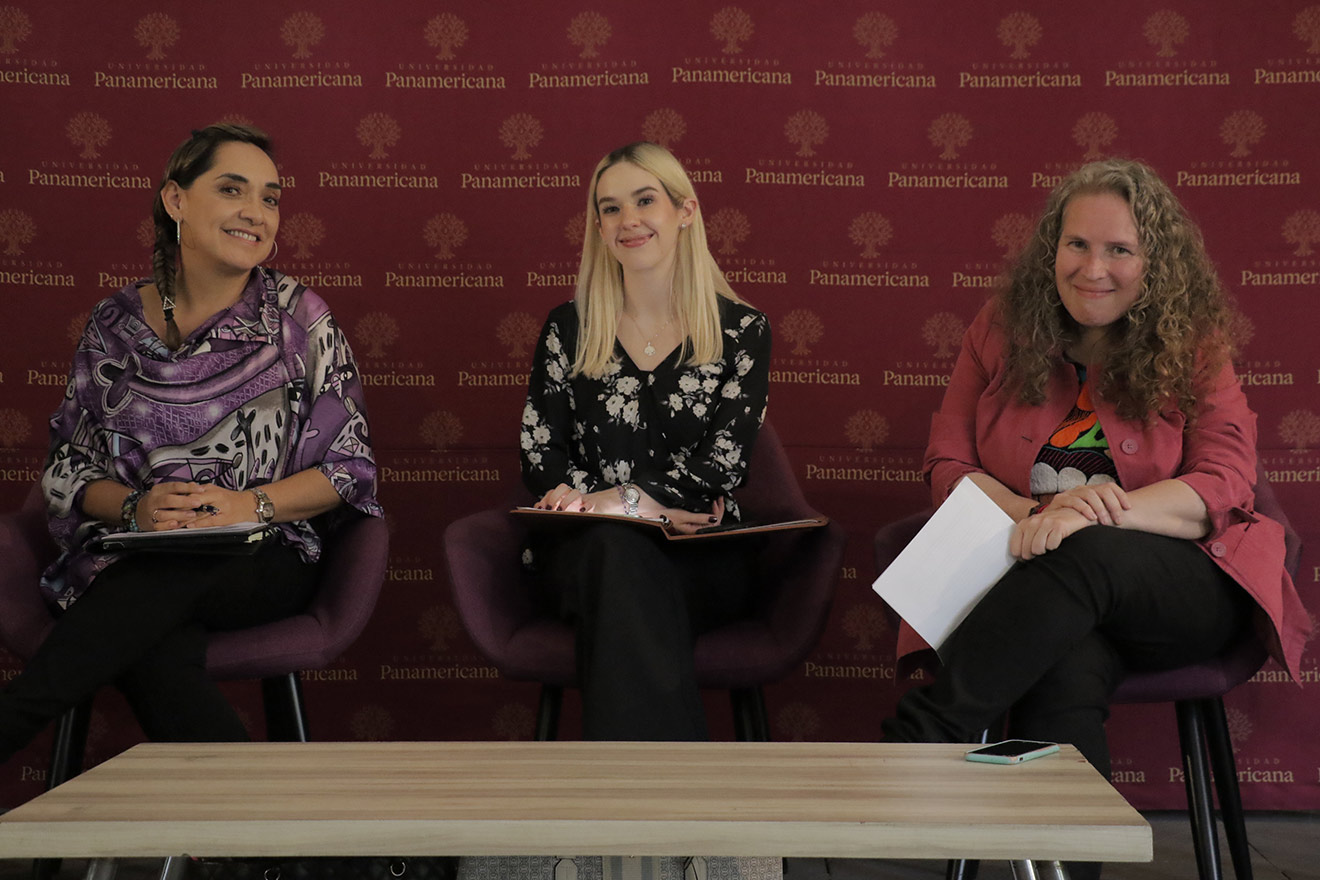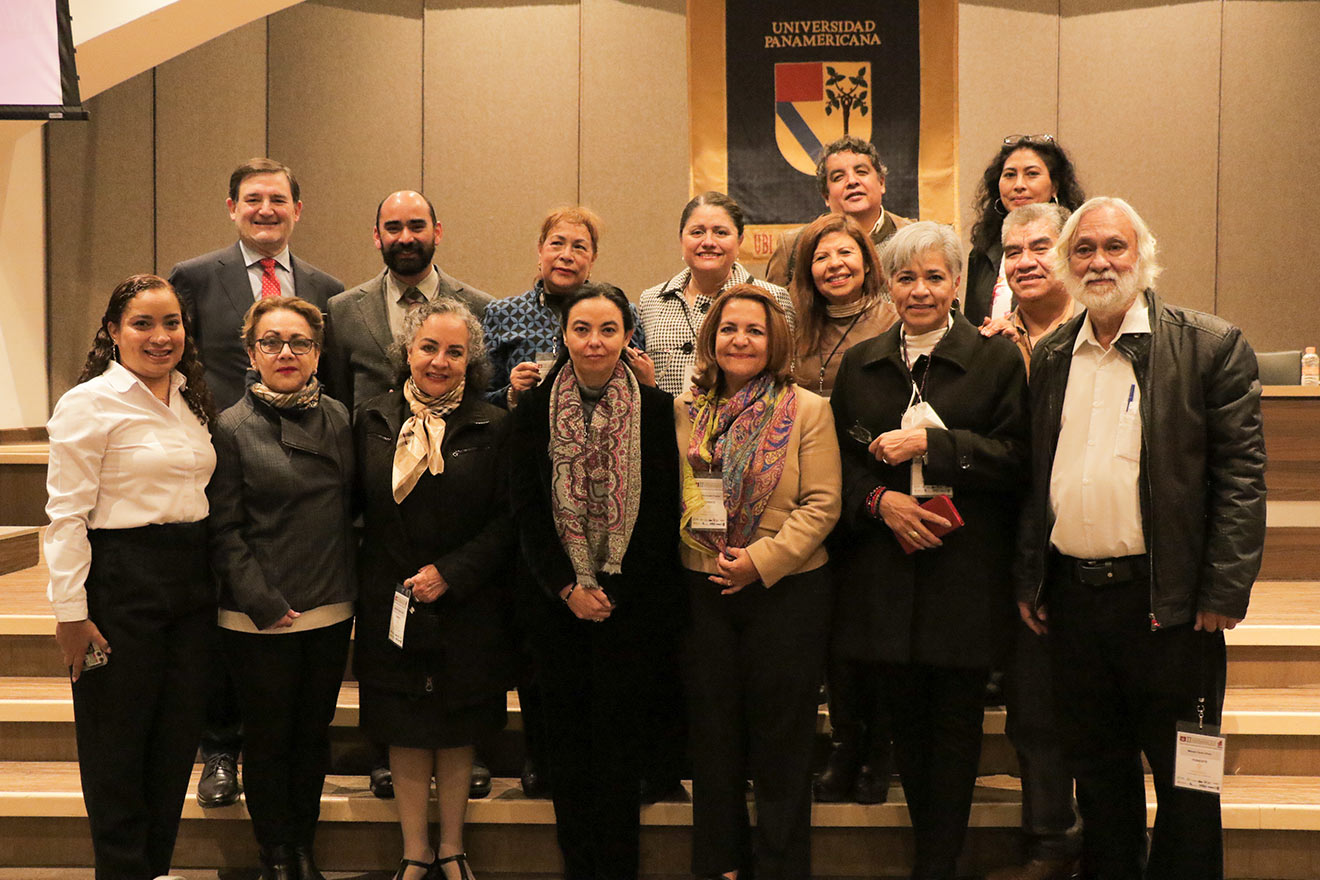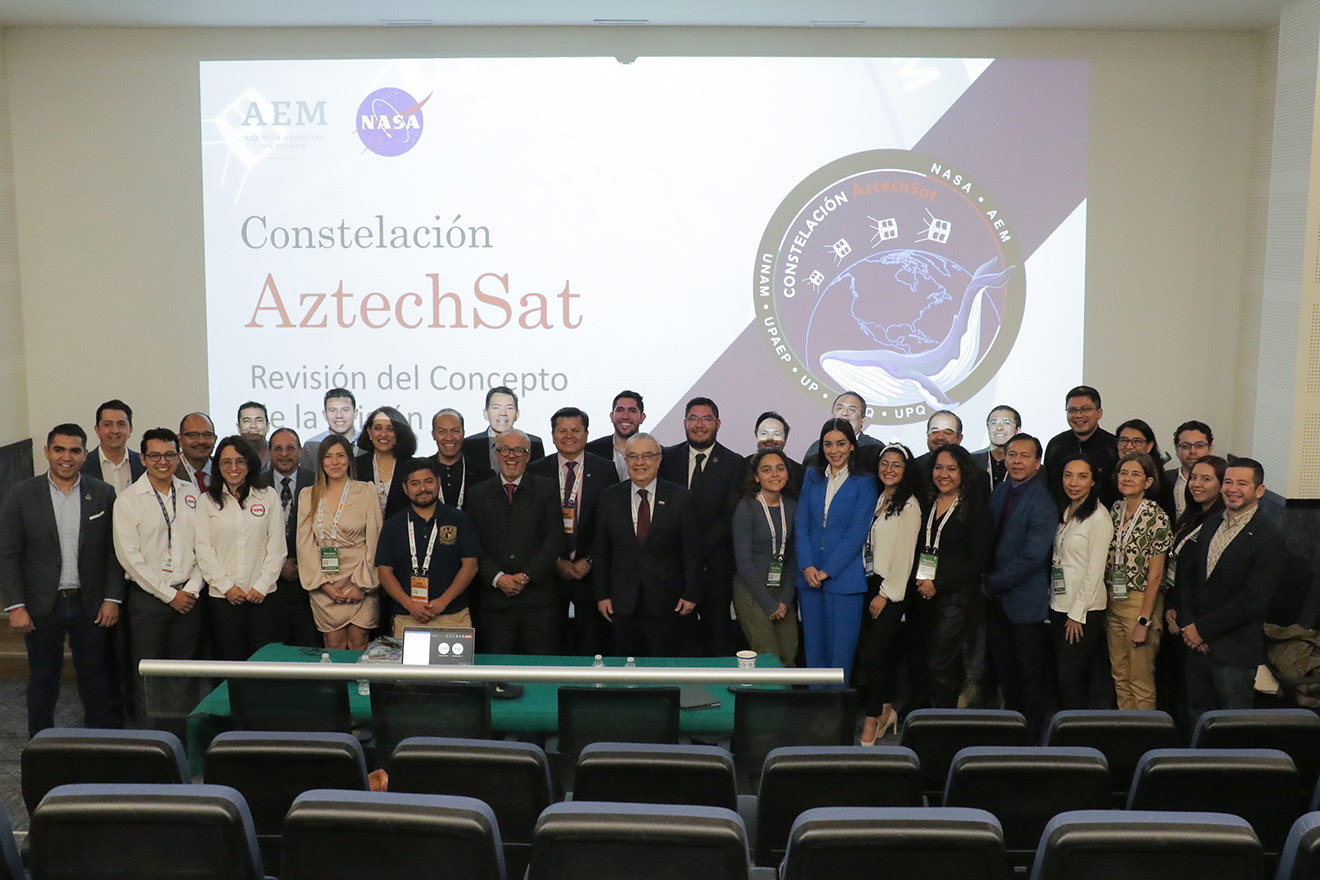Aeronautical Pitot tube with auxiliary heating system based on phase change material, is the name of the first project of the Universidad Panamericana campus Guadalajara that has been patented, which is in charge of Dr. Fidencio Tapia Rodriguez, director of the Research and Applied Technology Center.
This was a feat that was achieved due to Panamericana’s Intellectual Property Management Center, a technical and administrative assistance office for the benefit of the university community, responsible for the intellectual property protection management process, which is specifically in charge of providing support to the processes before the IMPI and INDAUTOR.
About the Project
Dr. Fidencio Tapia explains that his project consists of a pitot tube with an aircraft speed sensor. This work originated as a Master’s thesis at the Universidad Autónoma de San Luis Potosí, in which the doctor served as co-advisor.
“Their current commercially accepted design has the risk of freeze clogging causing accidents. The patented design can delay this by up to 2.5 minutes allowing the crew to react to save lives and the entire aircraft,” said Dr. Tapia.
The next step for this project, he explains, is to obtain the title of granting, a process carried out at the IMPI, as well as to continue with the process of promoting the technology in order to seek its transfer or licensing.
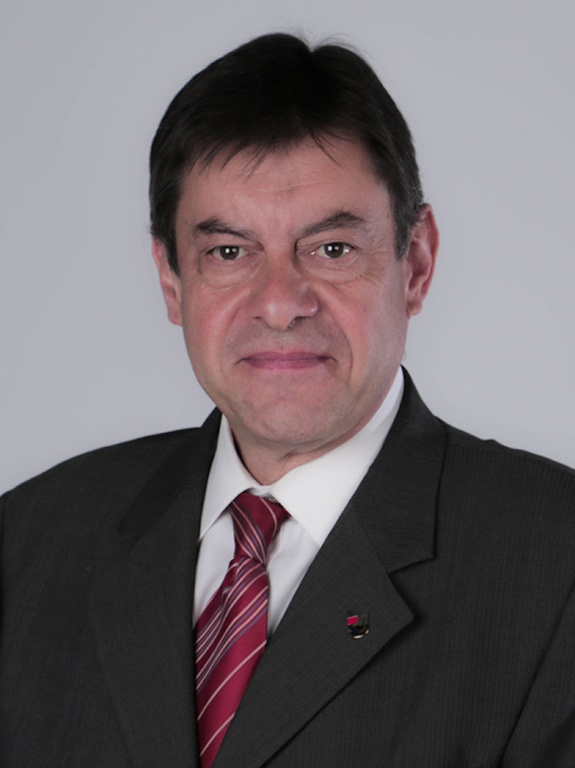
Novelty, Inventive Activity and Industrial Application
Dr. Juan Alberto González Piñón, Panamericana’s Corporate Director of Innovation and Transfer, points out that in order to determine whether Dr. Tapia’s project could be eligible for a patent application, like all research projects that come to the Intellectual Property Management Center, they have to demonstrate the existence of the technical problem that is solved through the invention resulting from the research project.
The relevance of the technical problem is vital, since it gives rise to the invention itself, and, consequently, a patent application.
Once this step has been taken, “an analysis of the technological state of the art is carried out. Related publications or patents are identified, which serve to identify whether the project has novelty and inventive step. Another instrument is called patentability analysis, which uses the two previous reports to propose a protection strategy,” says Dr. González Piñón.
In summary, this means that all work under development must meet three main requirements: novelty, inventive step and industrial application.
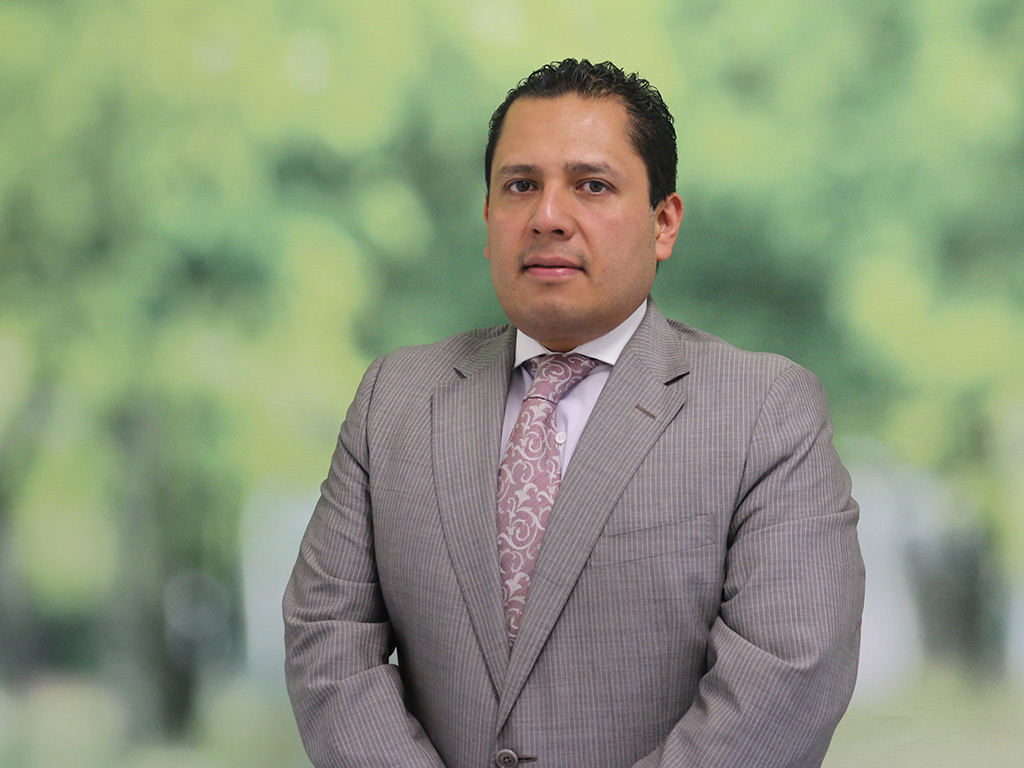
Intellectual Property Management Center
Panamericana’s Intellectual Property Management Center aims to support and facilitate researchers in the management of inventions resulting from their intellectual work.
Dr. González Piñón reveals that the existence of such a center is of great relevance to support and accompany professors, researchers and students in the adequate intellectual protection of the results of their scientific research.
“(…) This center offers them the possibility of presenting their proposals for the proper management and protection of intellectual property, as well as training on technological and procedural concepts,” he says.
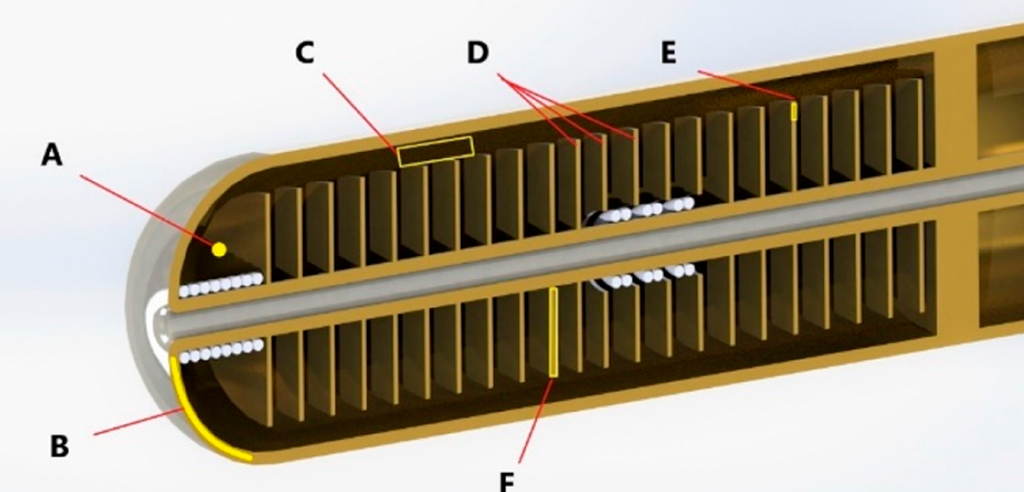
Serving the UP community
This center is currently holding a portfolio of 31 applications for inventions and four international PCT applications. “In the short term, the aim is to increase the number of patents by an average of 10 per year. We also want to seek the transfer or licensing of those technologies that have business potential,” says Juan Alberto.
Finally, Dr. González Piñón addresses the researchers of our university community: “these areas of Panamericana (the Intellectual Property Management Center and the Corporate Directorate of Innovation and Transfer) are there to advise you, accompany you and carry out all the management for the protection of intellectual property.”
She adds that, in addition, in such venues, “we organize talks, courses and presentations where we show the benefits and challenges involved in patenting.”
For more information about this center contact: propiedad.intelectual@up.edu.mx
